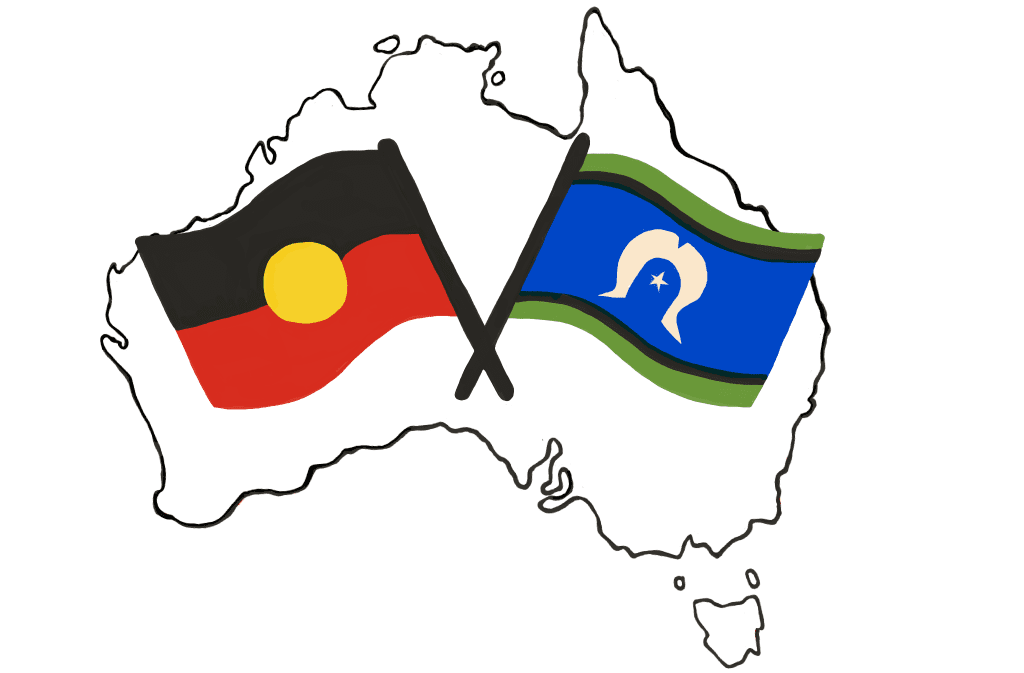Patriarchy (or the dominator model of society and culture), is a system that has dominated societies for centuries, has left an indelible mark on our collective consciousness. Its hierarchical structure has perpetuated gender inequalities and stifled the potential of countless individuals, especially women. However, as we progress towards a more inclusive and equitable society, it is essential to envision a model that transcends patriarchy’s limitations. In this blog, we explore the idea of a “One Size Fits All” model as a means to dismantle patriarchy and foster a world where everyone thrives, regardless of gender.
Understanding the Shackles of Patriarchy:
To move beyond patriarchy, we must first comprehend its pervasive impact on our lives. Patriarchy often manifests through gender roles, stereotypes, and unequal power dynamics, resulting in discrimination and oppression. It is not solely a women’s issue but rather an issue that affects everyone in society. Men too are burdened with societal expectations that can hinder their emotional growth and self-expression.
Embracing Intersectionality:
As we move towards a “One Size Fits All” model, we must recognize and embrace intersectionality. This term acknowledges that individuals’ experiences are shaped by multiple factors, such as race, class, sexuality, and ability, in addition to gender. By considering these intersecting identities, we can create more nuanced solutions that address the unique challenges faced by individuals in different contexts.
Redefining Masculinity and Femininity:
The traditional understanding of masculinity and femininity perpetuates harmful stereotypes and stifles personal growth. Embracing a “One Size Fits All” approach means redefining these constructs to promote a broader and healthier range of expressions. Men should feel free to embrace vulnerability and empathy, while women should be encouraged to pursue their ambitions without fear of judgment.
Breaking Free from Binary Thinking:
The “One Size Fits All” model challenges the binary thinking ingrained in patriarchal societies. It recognizes that gender exists on a spectrum, and individuals may identify beyond the traditional male-female categories. Embracing gender diversity fosters an inclusive environment where everyone’s identity is respected.
Educating for Empathy and Understanding:
Education is a powerful tool in dismantling patriarchy and fostering empathy and understanding. By incorporating inclusive curricula, challenging gender norms, and encouraging critical thinking, we can create a future generation that values equality and rejects harmful stereotypes.
Transforming Institutions and Policies:
To achieve lasting change, we must address patriarchy’s structural roots embedded within institutions and policies. This may involve implementing gender quotas, enforcing equal pay, and promoting work-life balance to create a more equitable society for all.
Challenging Media Representation:
Media plays a significant role in shaping societal perceptions. By advocating for diverse and inclusive representation, we can break away from the narrow portrayals of gender roles and celebrate the richness of human experiences.
Conclusion:
Moving past patriarchy requires collective effort and a commitment to creating a world where everyone can thrive and express themselves authentically. The “One Size Fits All” model challenges the limiting norms imposed by patriarchy and fosters an inclusive, empathetic, and understanding society. By embracing intersectionality, redefining gender roles, and transforming institutions, we can build a brighter future for generations to come. Let us unite in this endeavour and pave the way for a world free from the shackles of patriarchy.


Comments are closed